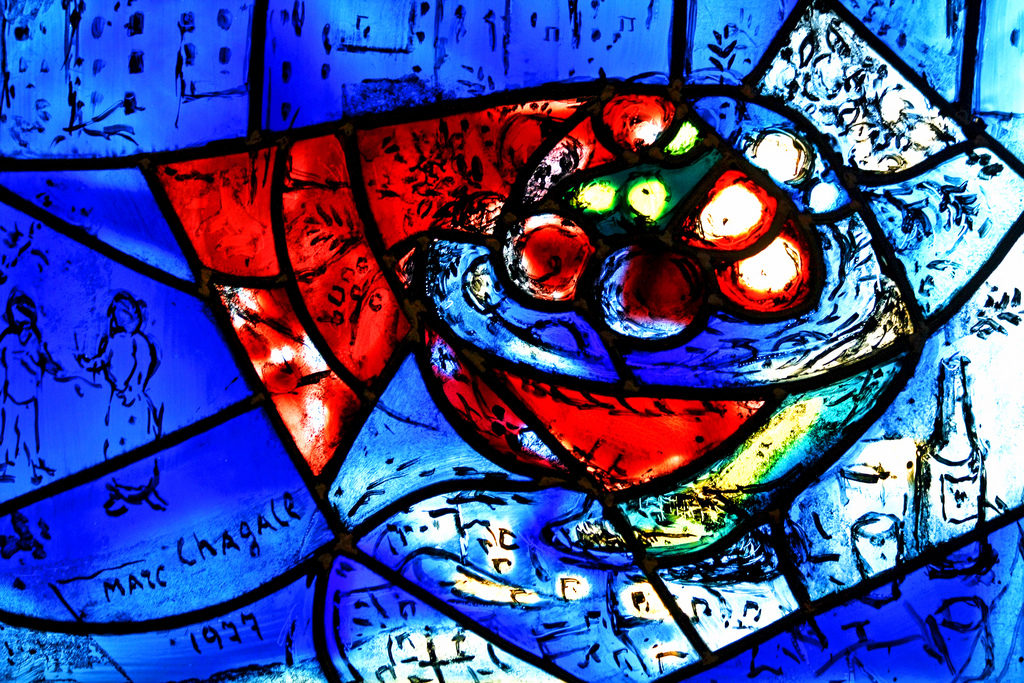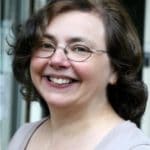Year after year, Jews from all over the world fast the ninth of Av as a sign of mourn for the destruction of the Temple. How come, after so many centuries, we still remember this particular event? Above all, what is the purpose of remembering?
From weddings to the pesach seder, from house decoration to the wearing of jewelry, tradition mandates adding a little sadness to the joy in memory of the destruction of the temple, zecher le’churban– for without the temple there can be no completely joyful event.
The distress of the destruction and our exile from the Land is coded into Jewish behaviour as remembering, but what is the purpose beyond the commemoration of one cataclysm among so many in our history?
Memory serves to bridge time – by remembering the past we give meaning to our present and shape to our future. Memory is what makes us human, allows us to sustain relationships, and gives us the facility to imagine and create. The verb zachor occurs in the Hebrew Bible 229 times – remembering is fundamental to Judaism: we “remember” Shabbat, we “remember” the exodus from Egypt, we “remember” the giving of torah at Sinai every torah service and at Shavuot etc. And God too remembers – the covenants made with Abraham, Isaac and Jacob, the hopes of Sarah, Rachel and Hannah, the treatment of the Land of Israel. Yosef Yerushalmi describes memory as crucial to the faith, formation and continued existence of the Jewish people – far more so than observance or even knowledge, and this is apparent when we see Jews emerge to identify themselves after generations of forced assimilation or hiding – a distant family memory nudges them into action.
And that is really the point of remembering – not just to dwell on a past nor to define ourselves in historical context, but to act. The Temple was the dénouement of the exodus from Egypt – we are told (1K 6:1) that “in the 480th year after the departure from Egypt, in the 4th year of his reign..Solomon began to build the House of the Eternal”. It is an unusual construction, deliberately framing the Temple in terms of exodus. Why? Because the Temple embodies the meaning of that freedom from slavery: the freedom to act, to fulfil God’s commands. We count from Pesach to Shavuot to underline this connection, and the Temple becomes the physical structure to remind the Jewish people that covenant with God requires our partnership with God to fulfil the purposes of Creation.
Changing for the sake of remaining alive
Just as we remember the exodus, just as we remember Matan Torah, we remember the Mikdash. Each a point in history that roots us in the real work of Judaism. Where is the verb to remember most used in bible? To remember that we were slaves. What is the purpose of our remembering? To work to help others to have dignity and freedom.
So we should remember how the memory was nearly lost – but through Yohanan ben Zakkai the Synagogue and Rabbinic Judaism coded it in liturgy and ritual to enable it to survive. We should mourn for what was, and celebrate how radical change kept alive its essence. Remembering the destruction of the Temple brings into focus both our task in the world, and the understanding that sometimes only radical transformation can allow the message to be heard.

